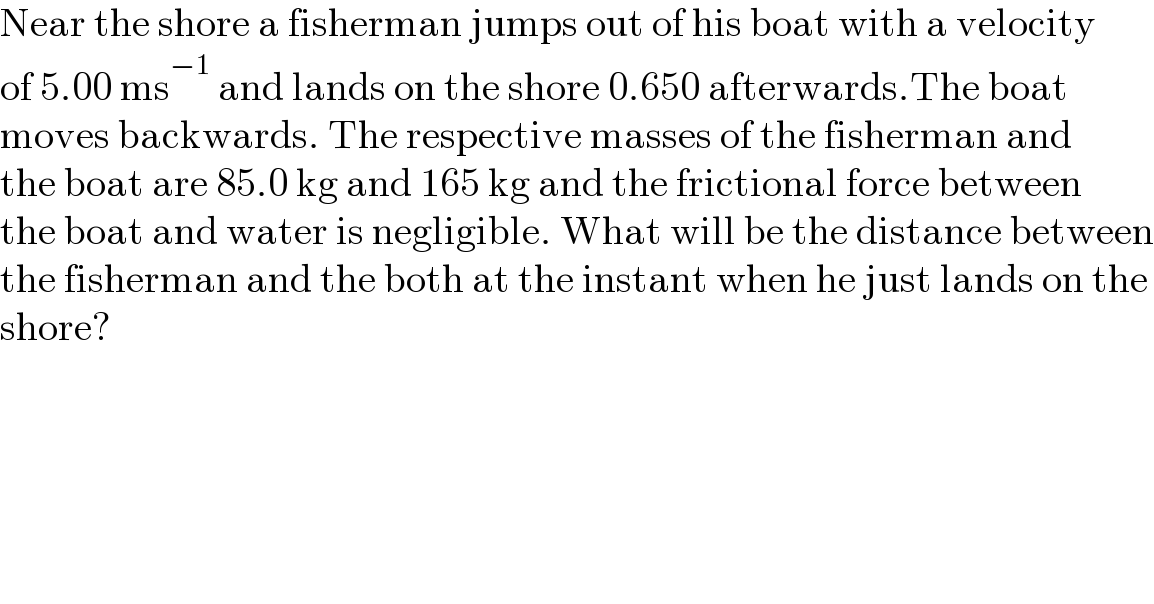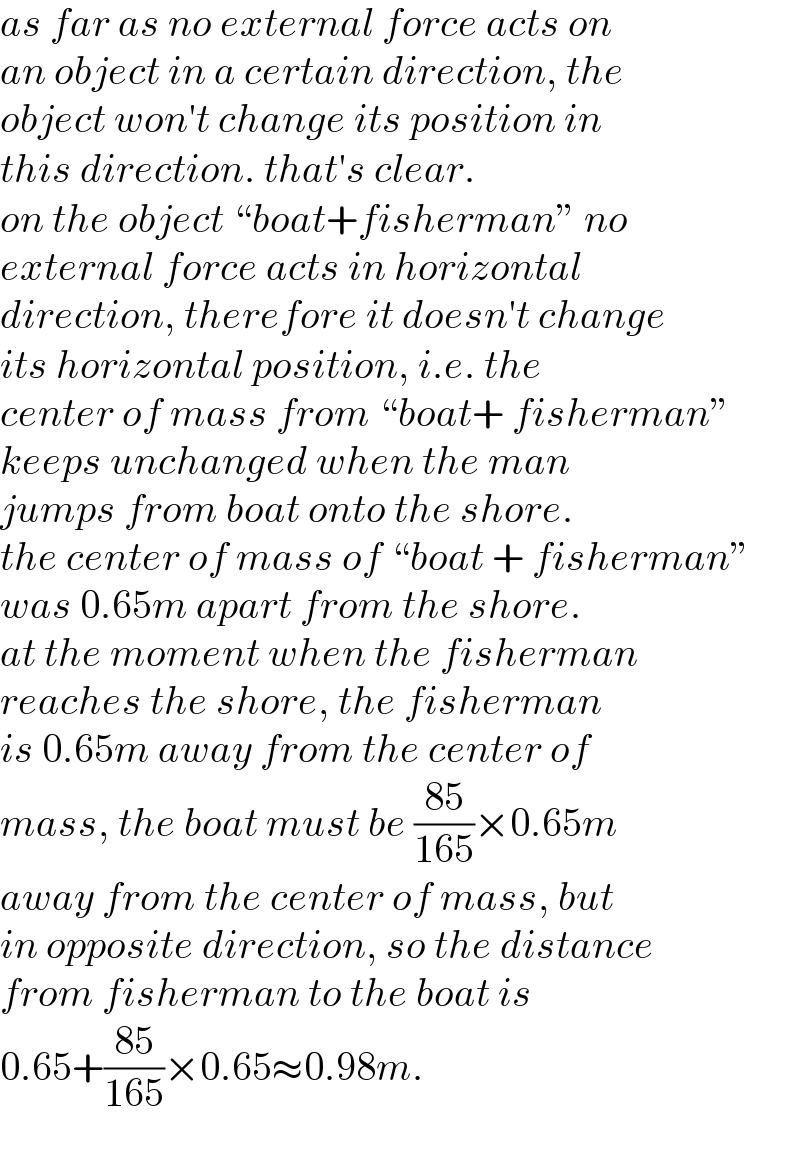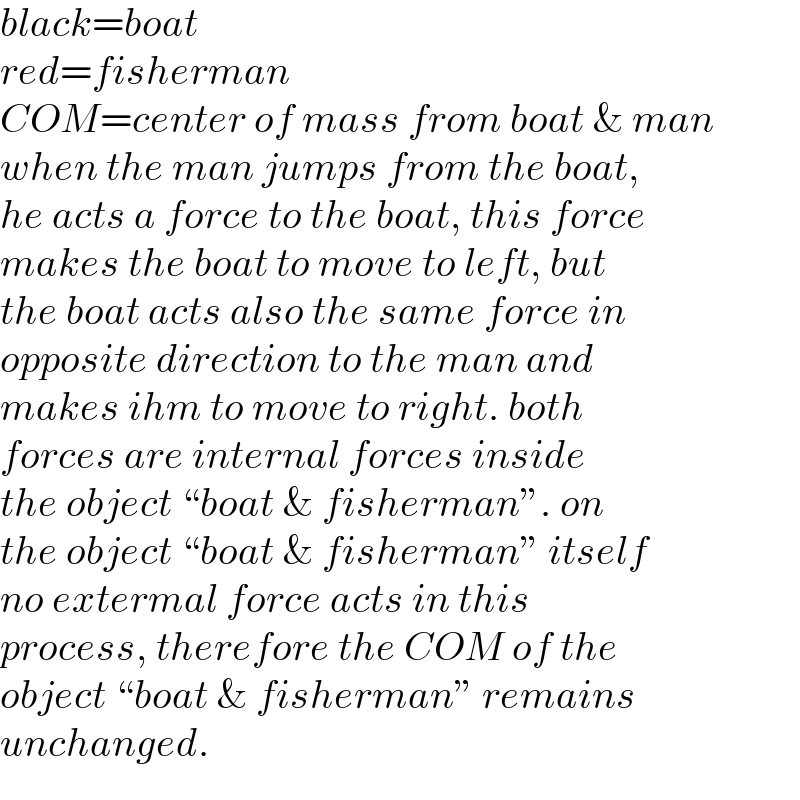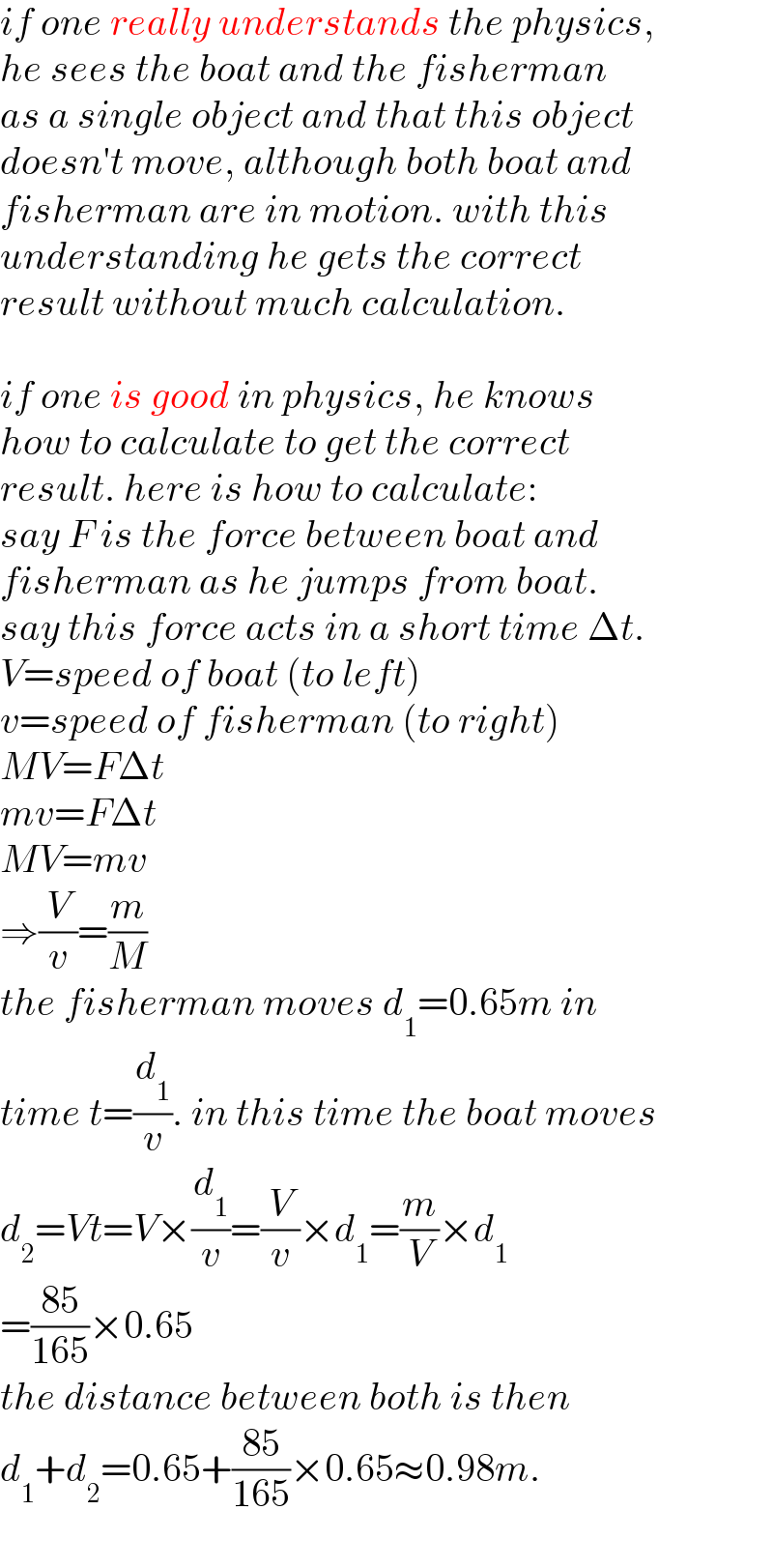
Question and Answers Forum
Question Number 139561 by physicstutes last updated on 28/Apr/21

Answered by mr W last updated on 28/Apr/21

Commented by physicstutes last updated on 28/Apr/21

Commented by mr W last updated on 28/Apr/21

Commented by physicstutes last updated on 28/Apr/21

Commented by mr W last updated on 29/Apr/21

Commented by mr W last updated on 29/Apr/21

Commented by mr W last updated on 29/Apr/21

Commented by peter frank last updated on 29/Apr/21

